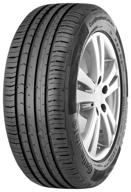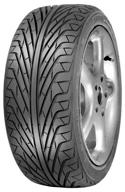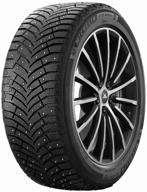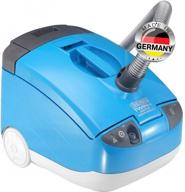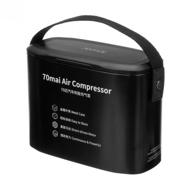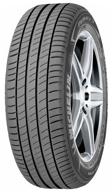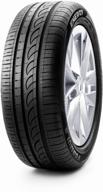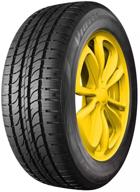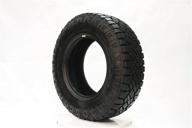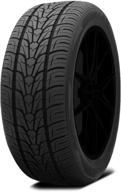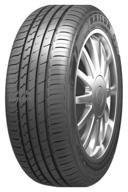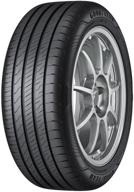Pros
- A G-500 (Gelik) automobile must be worn. Size 265/60/R18 You can use rubber on anything from snow to ice to oatmeal to dry asphalt. Very malleable, doesn't get stuck in a rut, and takes corners like a champ. The second car has Nokian Hakka 8 tires, so I'm not writing without basis; there is a direct comparison to make with the Winter Ice Zero tires I purchased on the suggestion of my friends. Because the rubber is so pliable when cold, Gelik is able to crawl effortlessly over meter-deep snow, over compressed snow and ice, and at a speed that is even more manageable than in the summer. Despite my aggressive driving style (a shoe to the floor at a crossroads), the spikes have held up nicely on both ice and asphalt.
Pros
- • Rows effectively in the snow (unkept yards are her thing). • Agrees to wait turns (unless, of course, being unpleasant) Good stud quality
Cons
- • Noise (but it was clear)
Pros
- Having the quality of Hong Kong, etc.
Cons
- Noisy. Dismantling from the side.
Pros
- 1) Controllability Secondly, it is resistant to wear. 3 Perseverance.
Cons
- pavement noises like an airplane taking off. However, you won't be able to hear it at all when it's rolling snow or ice.
Pros
- The path "holds", so to speak. Having no fear about driving in the snow. drawn to the spike's peculiar form. You can save money compared to name-brand ogues.
Cons
- In a word, yes. That shouldn't be an issue with winter tires.
Pros
- Volvo XC60 vehicle. They were facing their fourth winter. And they are the first tires that have been driven almost 70,000 miles in Hong Kong without showing any signs of wear. At all. Stud loss is limited to a maximum of three per wheel with 235/65/17 tires. Despite the fact that I am proficient in driving, I commute by automobile.
Cons
- In my opinion, there are no areas for improvement. Write in a loud manner, there is not much. It's possible that I've become accustomed to the noise, but at first it felt somewhat distracting. Or maybe rolled over.






